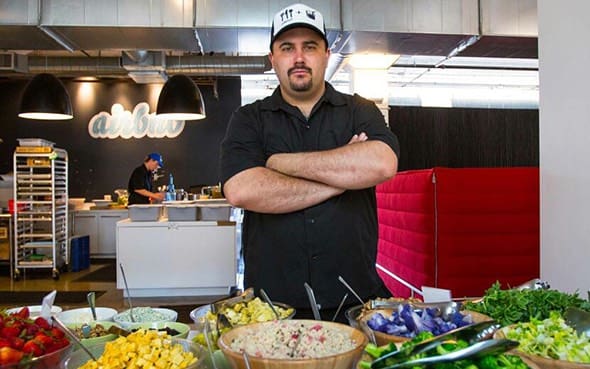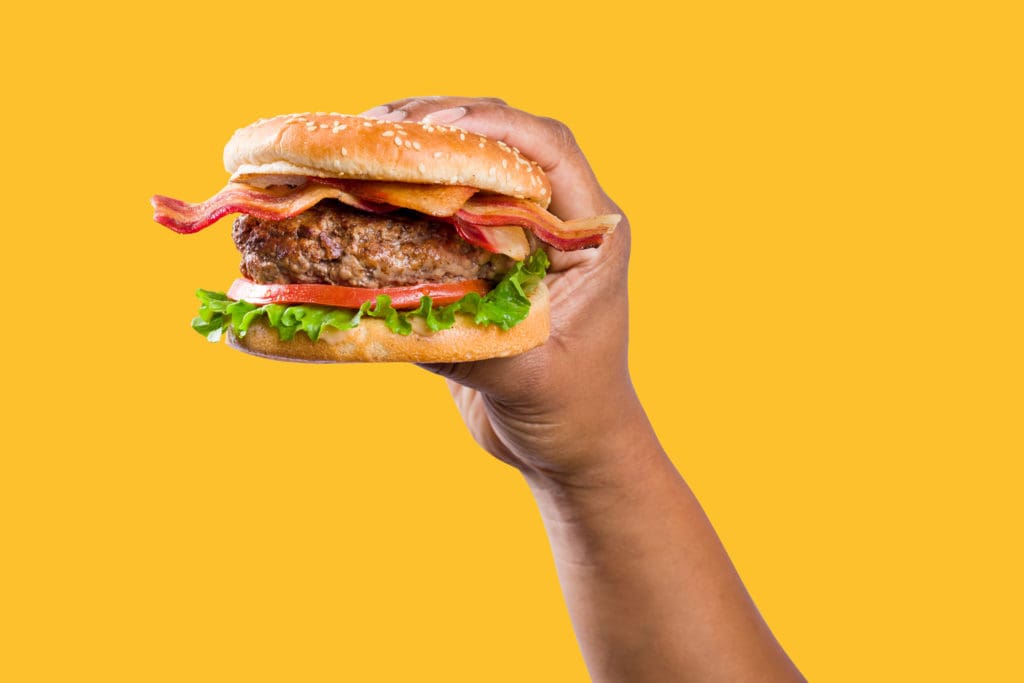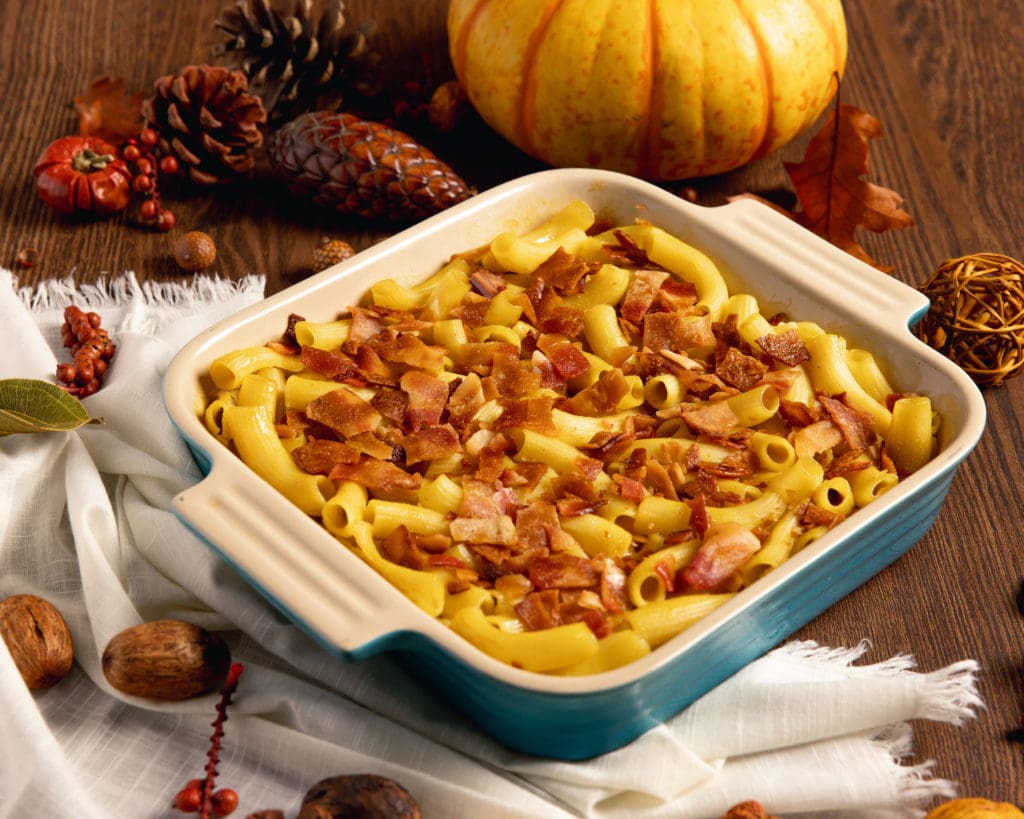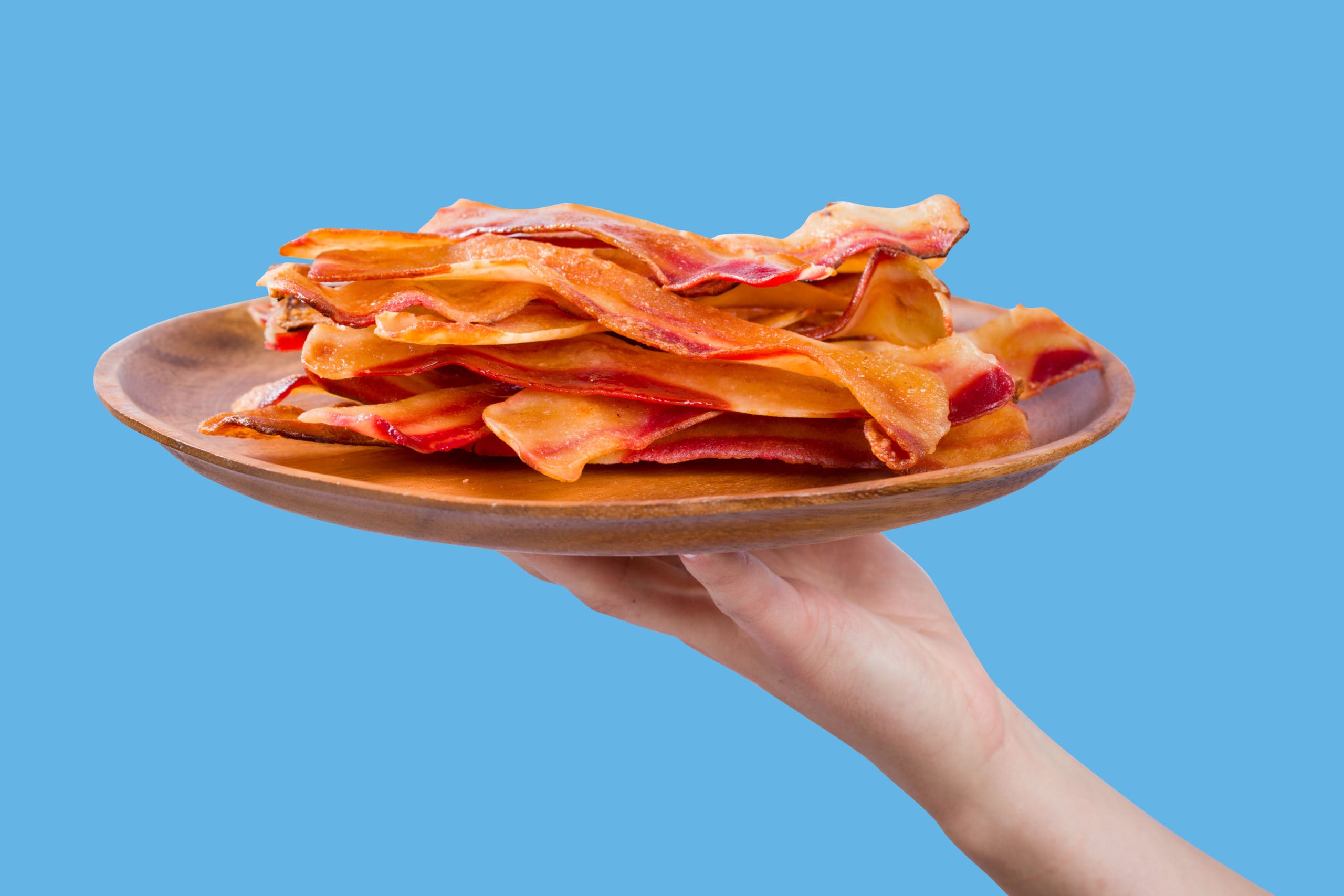With more and more meat replacements becoming available at grocery stores, knowing how to prep and cook them properly at home can be confusing. We chatted with chef Sam Lippman to clear up the confusion. —Vita Daily

Hi Sam! Please tell us a bit about yourself to start.
As a head chef at Hooray Foods, I help our community to have fun experimenting with plant-based recipes and meal replacements. My career as a chef has always revolved around plant-based and alternative foods, and I love the endless creativity that comes with it. Eating a plant-based diet in my early 20s helped me lose weight and overcome some chronic health challenges, and inspired me to become a chef to help others access healthier food options on a wider scale. I enjoy creating recipe alternatives to foods that would normally be made with meat, dairy, gluten, etc., so Hooray Foods plant-based bacon is great to work with, because bacon goes with almost anything.
With more and more meat replacements available at grocery stores, can you give us some advice when it comes to know which to buy?
Generally, I would recommend avoiding meat replacements that use soy or seitan as their protein base. These ingredients can give them an astringent taste or a more grainy texture, and some people find them difficult to digest. There are so many great options now, but probably not a silver bullet for every dish. Some products may have great flavour, while another have the perfect texture for something else you’re making. For me, it’s fun to try new products from time to time, and get a sense of their taste, consistency and cooking action so I’m more prepared for future meals. One great feature of Hooray Foods plant-based bacon is that we have a much higher fat content than most other plant-based meats, so our bacon cooks in its own grease, giving it a crispiness that is normally hard to replicate.
Does cooking meat replacement products look anything like cooking the real deal?
The quality of meat alternatives has increased significantly in the last few years thanks to the advances in research and development. It becomes harder and harder to tell the difference between animal product alternatives. Many products come packaged and delivered as raw, rather than ready to eat, and that definitely adds to the nostalgia of cooking the real product. Many of the category leaders now are replicating ground and shredded meat. There are also quite a few very good deli slices available now. The holy grail will be whole steaks, poultry breasts, and bone-in meats like ribs and drumsticks that look, cook, and taste as close to the real thing as the current hamburgers, nuggets, sausages (and bacon) replacements do.

Does the cooking method change based on ingredients? If so, generally, how?
When a product has coconut oil in the list of ingredients, that means the saturated fat gets solid when it’s cold, and liquid when it’s heated. Therefore, you want to thaw a product with coconut oil at room temperature for a few minutes to prevent breakage, but you want to make sure it doesn’t get above 70 degrees before being cooked. Otherwise, most newer plant-based meat products are designed to cook to similar specifications as real meat. Some of the more established brands that have been around for a long time are more designed to “reheat and eat,” so always check cooking instructions on the packaging. One thing we notice with a bacon product is many consumers don’t necessarily know how to properly cook real bacon in the first place, so part of our job is general culinary education—vegan, or not.
Are there top-level dos and don’t home cooks should be aware of when it comes to cooking meat replacement products? Any mistakes to avoid?
When you’re cooking a plant-based meat—whether it’s a burger patty, ground beef, sausage or bacon, you want to render the fat first. In other words, cook out the fat and sear the meat. This is one most important thing you can do to really seal the flavour and moisture of the product on the inside by creating a sear on the outside. Additionally, make sure the pan or oven is preheated before you cook your plant-based meat. This will ensure you can get the browning and searing action right away. If your pan or oven is warming slowly, you won’t have as much control and may not be able to get the best results. Like real meat, it’s best to rest for a few minutes to let the juices re-absorb before serving or cutting, but still always serve them hot or warm, as flavor and texture are best before they cool and solidify.
Any cookware recommendations for these products?
A cast iron skillet is a fun tool to to use because it distributes the heat more evenly and creates a great sear, but really, there are no rules. Use what you’re comfortable and successful cooking regular meat with.
How about top tips when it comes to storage?
Each product would have its own best practices for storage based on the ingredients, but typically you can refrigerate or freeze meat alternatives. Just make sure you let the products sit at room temperature for about 10 minutes before cooking. Many chefs swear by vacuum sealing everything. I agree that it can help preserve freshness and extend shelf life, but I personally find it very wasteful to pack everything into plastic bags. I invest in reusable and airtight glass containers and jars that last for years, try not to over-shop, and challenge myself to be creative and resourceful with leftovers.

What is your absolute fave, go-to recipe that includes a meat replacement?
I might be biased, but anything is better with (plant-based) bacon! I like cooking with it, rather than eating it as a side. This pancake pops recipe with plant-based bacon-flavoured strips is a great go-to recipe on weekend mornings. It’s a fun take on a classic breakfast combo that is entertaining to make and is a great activity if you have kids. It also combines the best of both worlds for breakfast—a mix of sweet and salty. Additionally, a mac and cheese is always a good idea, and it’s quite easy to make it vegan.

Be the first to comment